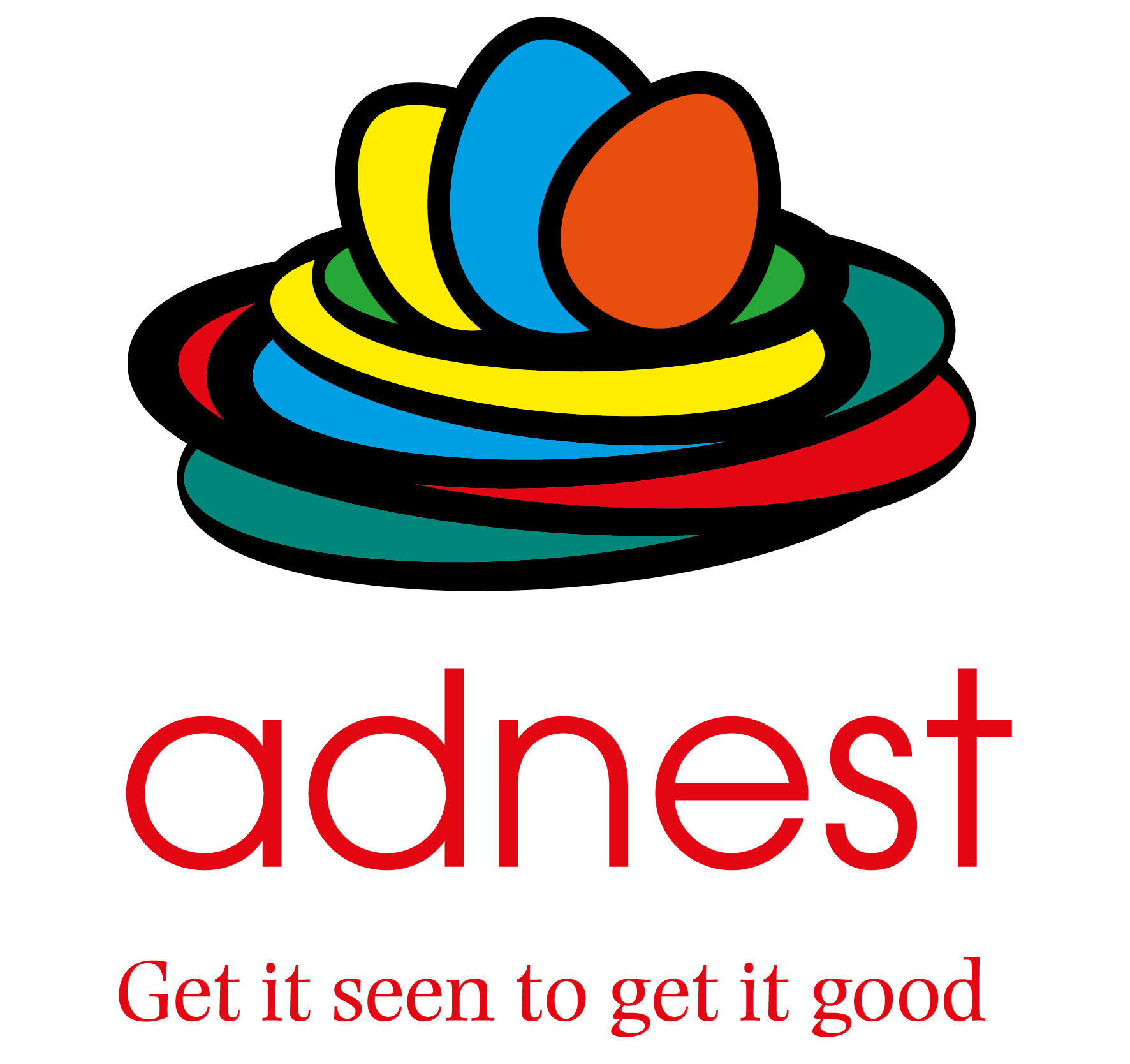For raising brand awareness in your local area and boosting sales, you’re unlikely to find a more effective method of promoting your business than outdoor advertising.
Between strategically placed roadside billboards and digital out of home (DOOH), outdoor advertising is ideal for putting your business in front of potential new customers and amplifying your key messages.
Many small businesses believe the misconception that out of home (OOH) advertising is expensive and ineffective, but that couldn’t be further from the truth. Capturing the attention of your target audience on their way to work, or in the places they frequent the most, is the first step in attracting them to your business and, in turn, driving engagement and sales.
In this guide, we’ll explore how you can capture the attention of potential customers and dominate your local market using outdoor advertising.
When it comes to launching a viable outdoor campaign within the local marketplace, your efforts should be built on one or more clearly defined objectives.
In short, you should only launch your campaign once you have an end goal in mind, with OOH ads serving as the tools with which you’ll achieve your objective.
Determining precisely who you’re trying to reach gives you the ideal starting point, as having a clear understanding of your target audience will impact on everything from the placement of ads to the content and messaging that you utilize to engage them.
But how exactly do you identify and understand your customers?
Create Customer Profiles
One option is to create a ‘buyer persona’, which is a semi-fictional representation of your ideal consumer. This can be built from existing consumer datasets and targeted market research within the local area, and will include information such as age, demographics, behavioral patterns and motivations. Ultimately, it should embody your target customers and provide an in-depth understanding of those who you want to appeal to.
Carry Out Detailed User Surveys
Whether you’re a start-up venture that’s targeting local customers from scratch, or if you’re looking to expand your reach to new demographics, we’d recommend using tools such as Survey.io to gain initial consumer insights into your products and services.
You may need to be prepared to incentivize participants (such as by providing free samples where possible) in order to gain large volumes of first-hand feedback. The key is to create detailed and concise questions, while focusing on potential customers’ motivations and how they interact with your brand.
Make Use of Google Analytics
We’ve touched on the importance of creating an integrated marketing campaign, but you’ll also need to use a wide range of channels to identify a target audience.
Google Analytics can be particularly insightful, as this provides unique datasets such as audience interests and the precise location of customers. This also delves into behaviour and the technology used by customers when interacting with the brand, which is crucial when building out the finer details of your campaign.
Setting an Objective
Arguably the most crucial element of planning your outdoor advertising campaign is to set an overall objective.
To ensure its success, it’s important to determine precisely what action you want your customers to take as a result of seeing your ads.
Having an objective clearly defined at the start of your campaign planning will help to determine the content of your ads, the tone of your messaging, and even the locations you choose to advertise in. So it’s vital that any outdoor advertising campaign is built with a clear goal in mind.
For example, to increase footfall and sales in your shop, you may advertise a limited time, in-store only sales promotion.
Or, you may choose to use brand focused messaging (rather than sales focused) if your goal is to increase brand awareness and engagement on social media.
Where Should You Rent Outdoor Space?
Choosing the right locations for your outdoor advertising campaign is crucial. What determines the right location will vary depending on your business, campaign goals and the people you’re trying to reach.
In simple terms, you’ll need to ensure that you’re placing ads in locations where your target audience is most likely to be found, based on a range of factors such as:
- Traffic flows
- Where your target demographic lives
- Where your business is based
- Your customers’ interests and daily routines
- The core purpose of your campaign.
For example, let’s say that you are advertising a local takeaway restaurant to a young professional audience who are likely to commute to and from work every day.
With this insight in mind, you may invest in outdoor advertising spaces on busy main roads to capture large numbers of your target market while they are on their commute to and from work.
Hungry commuters will often be thinking about their evening meal on the way home, so advertising on main commuter routes close to your restaurant can capitalize on impulse decision making and direct them to their nearest location or encourage them to order online.
This type of campaign has been previously undertaken by brands such as McDonalds who reported gaining 6.4 million mobile impressions by combining outdoor advertising and in-app advertising on Waze.
Source: https://75media.co.uk/blog/outdoor-advertising-ultimate-guide/
